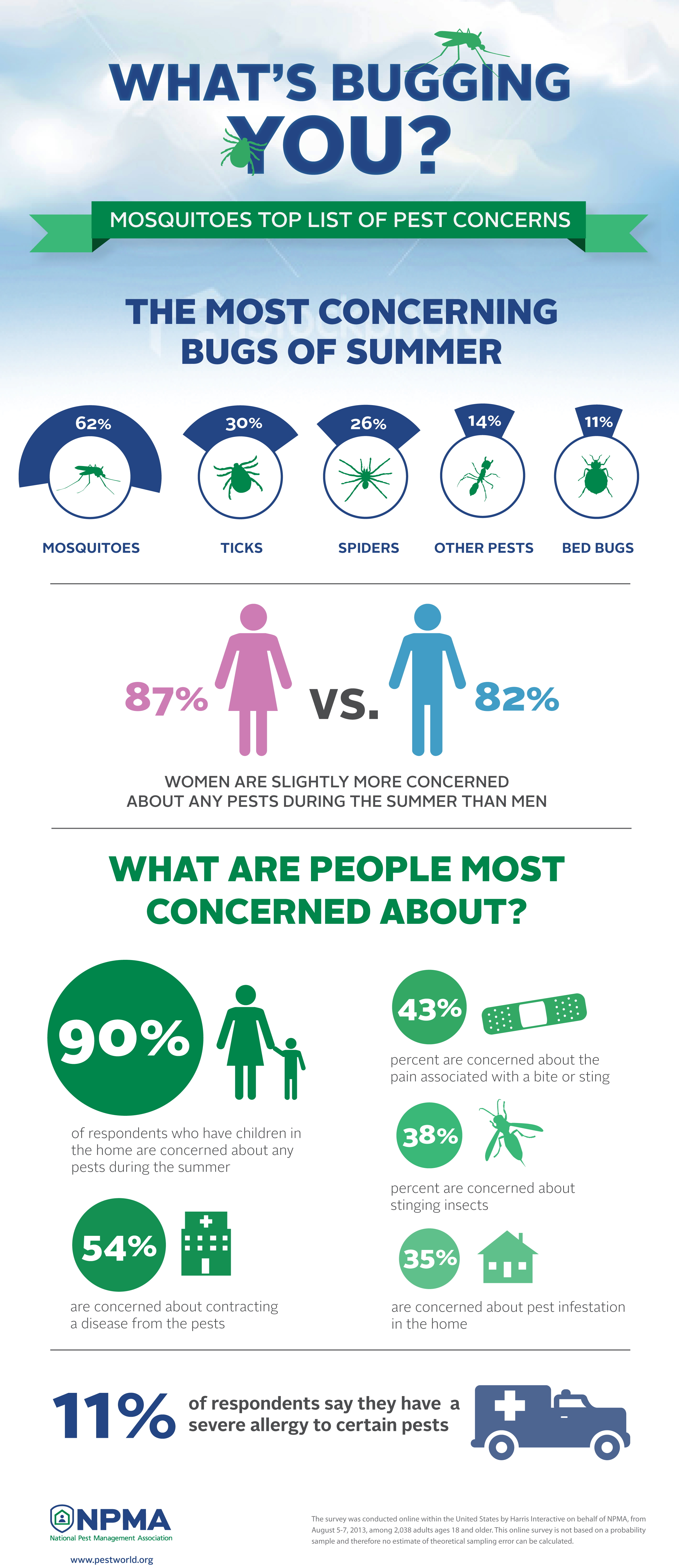Handling Rat Infestations: Insights Into Rat Psychology
Handling Rat Infestations: Insights Into Rat Psychology
Blog Article
Writer-Lorenzen Corbett
When it concerns rodent control, comprehending usual rodent habits is key to properly handling problems. Did you recognize that rats have some remarkable nesting practices that might amaze you? By discovering their intricate actions, you can acquire useful insights right into just how to deal with rodent problems in a more calculated and efficient manner. So, allow's unwind the enigmas behind these animals' actions and discover how to outsmart them in your rodent control initiatives.
Rodent Nesting Habits
When observing rodents in their natural environment, you'll notice that they actively look for materials to build their nests. Recommended Looking at , such as mice and rats, are clever animals that make use of a variety of things like branches, leaves, paper, and textile to construct their homes. They're meticulous in their nest-building process, commonly lining their nests with softer products like fur or plumes to produce a relaxing environment.
Rodents prefer to construct their nests in concealed and safe and secure places to protect themselves and their young from killers. Typical nesting areas include wall tooth cavities, attics, basements, and also within insulation products. By building their nests in these private locations, rodents can securely increase their spawn far from prospective risks.
It is essential to recognize the nesting habits of rodents when executing control steps. By disrupting their nests or getting rid of products, you can prevent rodents from developing a presence in your house or building. Appropriate hygiene and sealing off entrance points are likewise essential steps in avoiding rodent problems.
Rat Feeding Patterns
After observing rats' nesting practices, it becomes evident that their feeding patterns play an important function in their day-to-days live and actions. Rats, consisting of computer mice and rats, are opportunistic feeders, indicating they'll consume whatever food source is easily available. They're largely nocturnal animals, preferring to forage for food during the cover of night to prevent predators.
Rodents have a diverse diet plan, ranging from grains, seeds, fruits, and veggies to bugs, nuts, and also little pets. This adaptability in their food selections allows them to prosper in numerous settings, including metropolitan locations where human food sources are plentiful.
Their feeding patterns aren't just driven by cravings however also by the need to stockpile food for times of shortage. This behavior is particularly visible in preparation for winter months or when nesting. https://www.smithsonianmag.com/science-nature/how-animals-survive-in-a-savanna-full-of-predators-180980571/ are known to hoard food in their nests or burrows, guaranteeing a continuous food supply. Recognizing their feeding patterns is vital in implementing efficient rodent control procedures to disrupt their food sources and stop problems.
Rat Activity and Traveling
Rats navigate their environments with agility and stealth, using their keen senses to move swiftly with their settings. These animals are adept climbers, able to range walls and vertical surfaces with ease. They can also squeeze through surprisingly tiny openings, making it vital to seal any prospective entry points in your home.
When it pertains to taking a trip, rats tend to follow acquainted paths, developing tracks along walls or skirting the edges of areas. They're creatures of habit, often staying with these developed routes as they forage for food or explore their environments.
Rats are known for their nocturnal habits, so you might hear them scurrying around at night as they look for food and water. Their activities are quick and irregular, permitting them to dart in and out of view in the blink of an eye.
Comprehending how rats relocate and take a trip can assist you determine possible infestation areas in your house and take aggressive actions to avoid these pests from gaining a grip.
Verdict
As you function to control rodents in your home, remember that comprehending their actions is key. By identifying their nesting behaviors, feeding patterns, and movement, you can effectively prevent invasions.
Coincidentally, by taking proactive procedures to remove food resources and seal entry points, you can interrupt their acquainted courses and force them to choose brand-new locations, eventually minimizing the chance of rodent visibility in your space.
